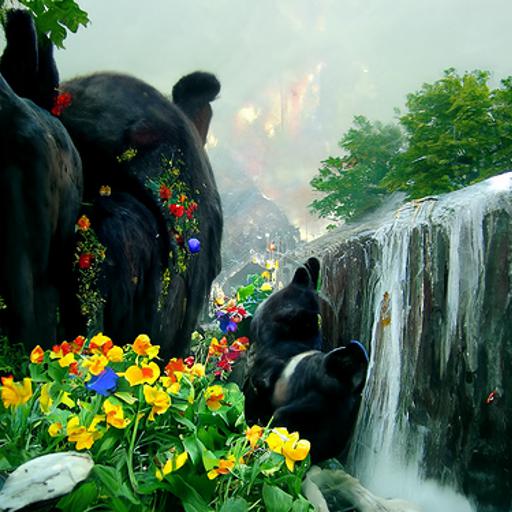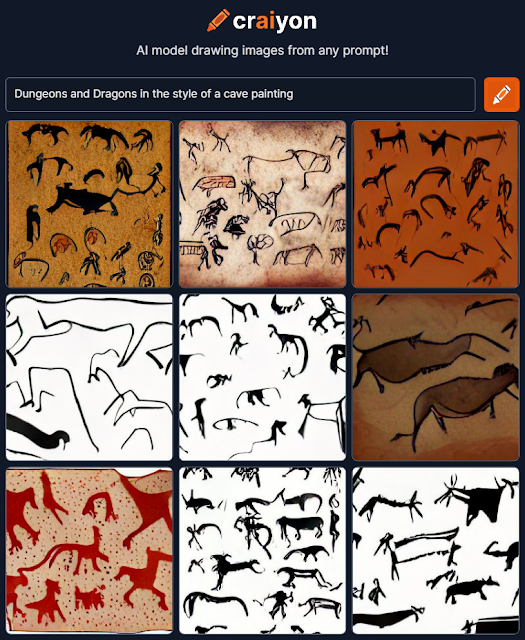When I pitched six ideas to my players for the game we kicked off last fall, they ultimately chose Strangers on a Train. The premise is simple – the characters wake up on a train with no memory of who they are. The train stops periodically at different dangerous locations.
As I started to prepare for the game, I realized that the system for simulating memory loss was the big question mark. We had agreed on Knave for our system, so I knew the rule(s) should be relatively simple. But there were clearly many ways to incorporate memory loss in the session-by-session play. After some consideration, I drafted three ideas.
Flashing Before Your Eyes
When you drop below zero HP – or otherwise face imminent doom – scenes from your forgotten life may flash before your eyes, giving you insight into your lost past. When you declare this is happening, you and the DM conduct a brief flashback.
After the flashback is complete, you will be rendered unconscious or incapacitated, but spared death or the full brunt of whatever situation triggered the flashback.
Each character can only use this ability once per session, and X times over the course of the campaign, after which they must risk death without mercy.
Pros: Happens at a moment of high drama; provides (limited) safety net for lethal play.
Cons: Limited supply may induce some PCs to play too conservatively.
Piecing It Together
Among the lost ruins of civilization outside the train are objects redolent with mnemonic power. Finding these objects not only grant PCs power, but also restore some of their memories.
A sliver of memory grants 50 XP. A fragment of memory grants 100 XP. An aggregate of memories grants 200 XP. All rewards are shared among all PCs who participated in the session in which the memories were recovered.
When characters level up, in addition to the normal benefits they receive, they recover memories. This can either be a flashback conducted with the DM in real time, or a brief piece the player writes or otherwise creates between sessions, with DM consultation.
Pros: Encourages exploration and ties the main theme of the game to advancement.
Cons: MacGuffin-izes central conceit of the game.
Incepting Your Past
You have lost your memories, but some of the actions you take, the tools you use, and the dangers you risk, may feel familiar, providing hints to your past life. Were you a baker, doctor, gambler, spy? Quick with the knife, handy with machines, or learned in lore? Only you can say for sure.
When you attempt to do something that would require training, knowledge, or experience particular to a certain profession or background, you may decide to incept a memory. You have advantage on rolls associated with that memory.
You may only incept one memory per session, and X memories overall. If you have already incepted X memories and wish to incept a new one, you must decide which of the previous memories was a lie. The DM incorporates a consequence of your self-deception into an upcoming session. You have disadvantage on all Saves associated with the consequence.
Pros: Gives players a clear utility and flavor for their memories as they introduce them.
Cons: Fuzziness / openness of what the incepted memory would cover, and how broad or narrow it should be.
What did we go with? Well…
Next week: Missing Memories (Part 2)






